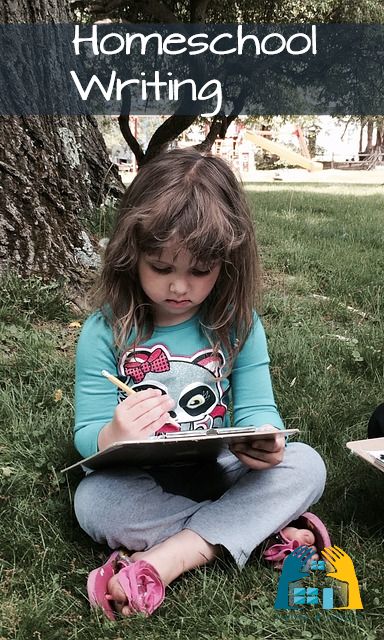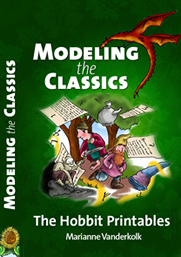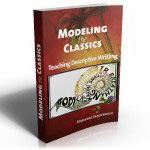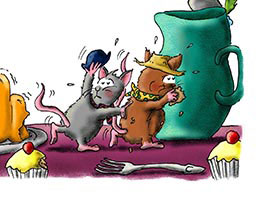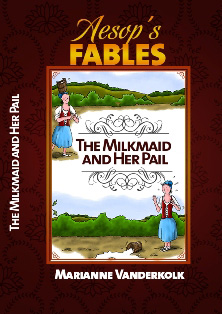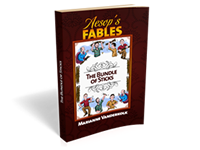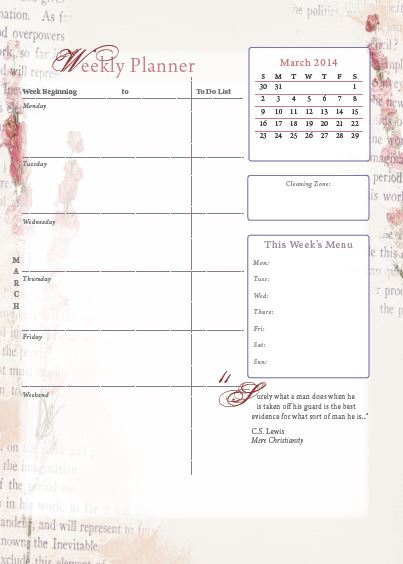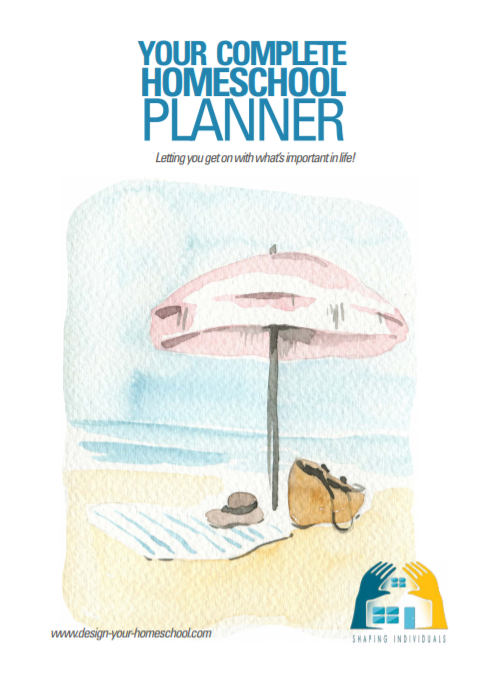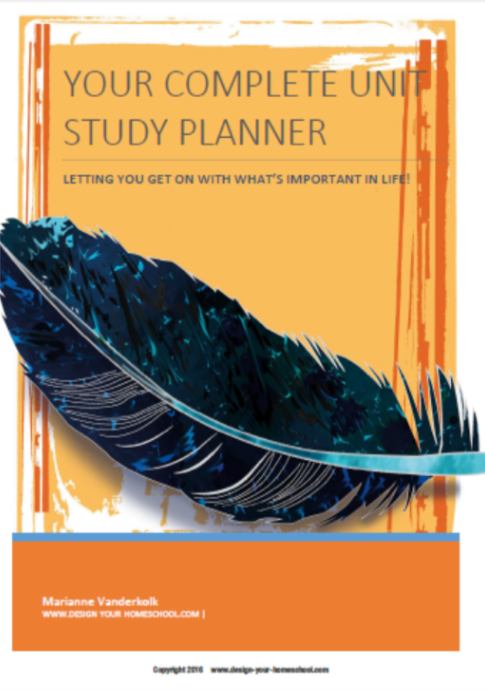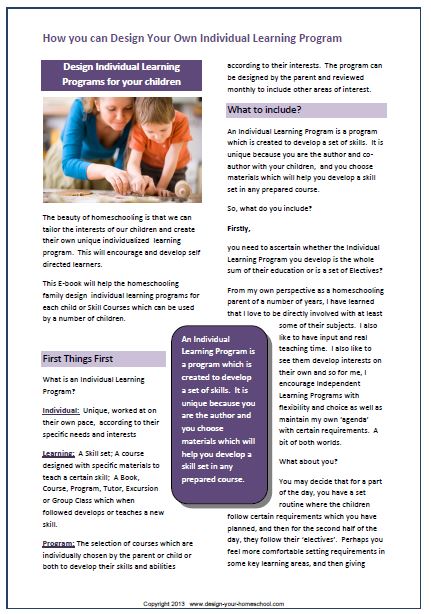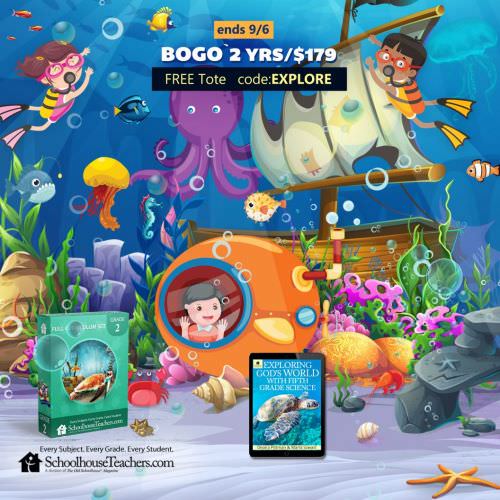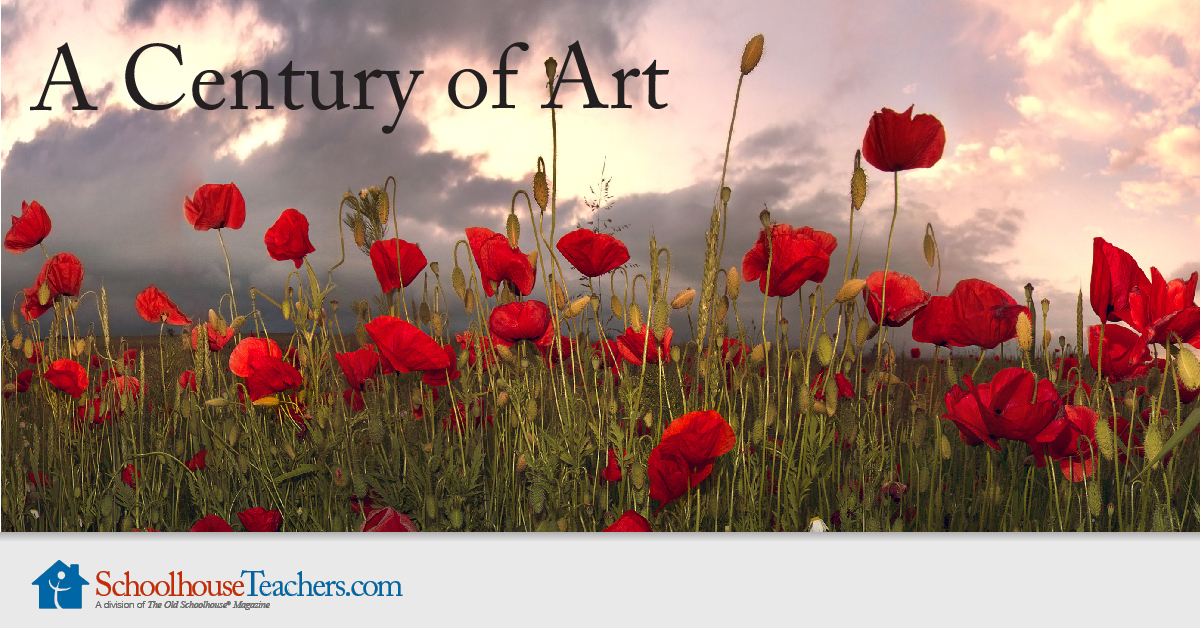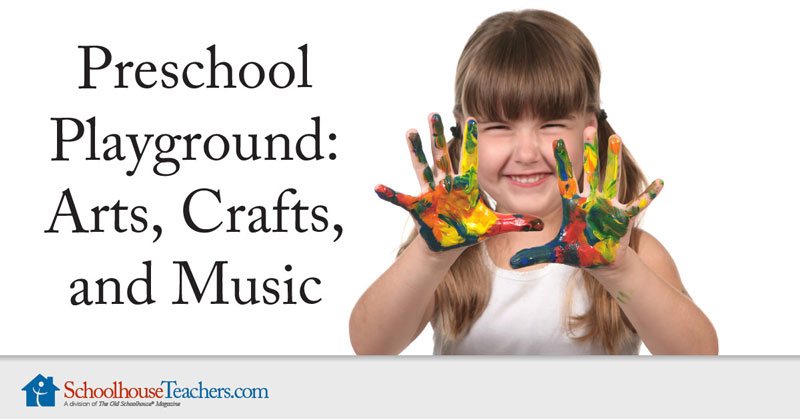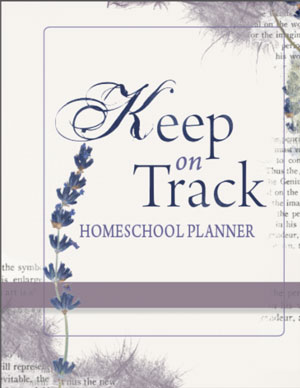Homeschool Writing
Build a family of confident writers
This Homeschool Writing Ideas Sitemap has links to the writing pages on my site.
It is written to help the homeschooling parent find answers to:
- how to teach writing - step by step
- how to teach writing skills
- how to use literature to teach writing
- integrated lesson plans - modeling the classics
- writing lesson plans based on fables
- how to use writing forms
- graphic organizers for writing
- how to develop a writing style with free handwriting practice sheets,
- how to develop a homeschool writing curriculum that is unique,
- how to use and develop your own creative writing prompts
- homeschool writing curriculum
- helpful writing sites
- helpful spelling, vocabulary and grammar websites
- Winston Grammar
- Grammar through songs
- Greek and Latin roots
Your Homeschool Writing Strategy
Writing is the vehicle which God used to bring His Words to our ears. It is also the way in which we can interact with others- near and far. The world has become so close through the internet, and to avoid mis-understanding, we must write clearly; We must be able to persuade; to encourage; to respond to news and editorials; to critically analyse information; to add information; to lead and guide others.
How you go about teaching homeschool writing to your children in your home is completely your decision. Use this page as a springboard of ideas and methods of teaching writing skills to your family without the stress!
How to Teach Writing

How to teach writing? On this page, is my simple no nonsense idea of teaching the Writing process - writing mechanics and written expression and the 10 steps involved in teaching homeschool writing. Find out more about how to teach writing. ( Steps 1-8)
Steps 9 & 10 - Teaching Creative Writing - these steps focus on teaching creative writing with a focus on style and using different forms of writing.
Teaching Writing Skills

Writing Curriculum can be broken down into a number of skill sets such as
- Handwriting (mechanics)
- Composition
- Spelling
- Vocabulary
- Formal Grammar.
How will you develop these skills in your homeschool writing curriculum? Read more about Writing Skills
Find out how to teach writing skills in the context of literature.
Create a Language Arts Lesson Plan Through Literature
Learning language arts through literature is using literature as a base to teach handwriting, spelling, writing techniques, grammar and punctuation. This is done by selecting a model of excellent literature and drawing all the aspects of language arts from this. This can be used as a complete homeschool language arts curriculum which you create.
It expands the 10 Day Outline you see on the right. You can use any literary excerpts to create a language arts lesson plan.
Read more about Integrated Language Arts Lesson Plans
Ten Day Outline
- Copy the Writing
- Work on Spelling
- Grammar
- Dictation
- Keyword Outline
- Working with Words
- Work with style
- Proof reading
- Re-writing
- Final Copy
Modeling the Classics E-Books -
Integrated Lesson Plans based on Literature
Modeling the Classics is an E-book using a simple, integrated approach to use literature as the basis of language arts lesson Plans - one book for multi-ages covering all the language arts! This is what the integrated language arts lesson plans (which I describe above) look like in reality.
There are 2 Books to get you started: Language Arts Lesson Plans based on The Hobbit; Teaching Descriptive Writing;
Language Arts Lesson Plans based on Fables
How do you use Aesop's Fables as a base of a language arts lesson plan? Read the step by step way in which you can use any Fable for kids and create fables lesson plans around it.
Teaching Writing Strategies using Writing Forms
All the above steps deal with how to teach writing mechanics. It is also important for children to use their writing in different forms.
Different writing forms have different purposes and giving children a writing strategy when they approach these different forms will build confident writers. As they experiment and learn various writing strategies, they can find the type of writing in which they can shine. Writing is fun and exciting, a way to explore words, and inspire others.
By teaching different forms of writing, the child can experiment with letter writing, poetry, play-writing, advertising, essays and so on. List of Writing Forms here.
For Example: Subject Writing
- Biographical Writing,
- Autobiographical Writing,
- Newspaper Stories,
- How-to-Writing,
- Descriptions,
- First Hand Experiences,
- Book Report Alternatives,
- Eyewitness Accounts,
- Observation Reports,
- Personal Research Reports,
- Multimedia Computer Reports,
- Interviews
Free Graphic Organizers
Graphic Organizers are a great way to organize your thoughts in preparation to write.
Descriptive Writing :
-Ideas Wheel
-Describing Wheel
-Choosing Better Nouns and Verbs
-Better Verbs
-Adding Phrases and Clauses
-Clustering
Writing a Narrative Writing:
-Story Map Graphic Organizer
-Narrative Outine
-Narrative Outline (landscape)
Biography:
-Biography Outline Box Format Page
-Biography Page for History
Free Handwriting Practice Sheets for Writing
Handwriting Helps
- Handwriting Practice Sheets
- Free Printable Writing Paper for Varied Ages (various formats available)
- Narration Pages (pdf)
- Biography Outline Page (pdf)
- Biography Outline in Box Format (pdf)
- History and Literature Notebooking pages here to correspond with Famous Men Books
Free Copywork: Verses on Trust:
- Philippians 4: 19
- Proverbs 3:5-6
- Psalm 56:3-4
- Who are examples and good models of Trust? Use this homeschool printable on Character Models of Trust to collate your ideas from your reading.
Narration Page with Drawing Box Printable. Use this over and over again for different subjects. -stories, narrations of science, history, literature.Space for a picture to be added. Lines with dotted thirds to keep handwriting neatly proportioned.
Narrative Outline free homeschooling worksheet used to list the 5W's and H of a narrative (Who, When, Where, Why, What and How), the Resolution and Conclusion and use these story elements to create the child's own narrative.
Who-Characters
When, Where - Setting
What, Why, How - Plot
Narrative Outline in landscape format. (pdf)
Story Map printable to express a story in chronological order.
Design Your Homeschool Writing Curriculum
Looking at a big list of Writing Forms can be overwhelming and it is easy to be daunted by something which "someone" says we should cover.
So, how do we go about making the decision of what we want to include in our homeschool writing curriculum and when?
Want to design your own homeschool writing curriculum? Keep reading here.
You will learn how to:
- Write across the Curriculum
- Remember the Big Picture
- Set your own Scope and Sequence
- View writing as sequential
- Keep your Goals in mind;
Teach creative writing using writing prompts
This page includes narration starters which can be used as creative writing prompts. These can be used for both oral and written narrations. There are a huge list of questions here, but you don't need to cover every question for every story!
These can also be used as conversational starters so don't feel that answers need to be written down for all of these! In fact, I mostly use the top 2 questions for my narrations, keeping it very simple and yet, employing the art of sequence and description. These are just ideas of what you may ask depending on the age of the child and the story you have just read - helping them to retell different aspects of the story by focusing on character/ setting/ conflict/ resolution and point of view.
Homeschool Writing Curriculum
Brave Writer - excellent writing curriculum ; An excerpt from their website:
"Brave Writer is designed to enhance the parent-child relationship through the teaching of writing. It is my contention that writers are grown best when students feel supported and free. Parents feel best when they have strategies they can trust to advance their twin goals: peace and progress in the writing process. Enter Brave Writer's abundance of programs (both self-teaching guides and online classes with instructors)."
Teaching Writing Structure and Style
- IEW - Counting the Cost ( user review)
- IEW- All things Fun and Fascinating (user review)
- IEW - Review by Christine
Writing Strands - user review by Joanne
Write On: The Kid Friendly, Mother Pleasing, Gentle Way to Write by Karen
Online Writing help
Paradigm Online Writing Assistant A complete curriculum to walk the writer through the details of all phases of writing essays, including organization, revision, editing, documentation of sources, and specific instruction in how to write informal, thesis/support, argumentative, and exploratory essays. You'll find many useful free homeschooling resources here.
List of tens by Traci is a huge site offering writing ideas from grammar exercises, writing style exercises, writing prompts and far more - organized into lists of 10 ideas.
The Elements of Style by William Strunk Jr. This classic reference book is a must-have for any student and conscientious writer.
Online Spelling, Vocabulary, Grammar Sites
I'm really impressed with the layout and amount of games and interactive activities offered by Vocabulary / Spelling City; It covers Elementary, Middle, and High School Vocabulary, Spelling, Writing, Parts of Speech, Handwriting, Alphabetical Order.
Much of the content is free, but you can become a premium user for a minimal amount per family per year.
Free SAT and Vocabulary games from Sheppard Software - an amazing selection across the ages.
Grammar sites
- KISS Grammar A top quality Grammar Program. You will need to find your way around the site, but you can print off whole workbooks. I have enjoyed using their methodology and worksheets for years. This truly is an amazing free homeschooling resource.
- Online Grammar and Writing Handbook - filled with Grammar and Writing Lessons.
- Daily Grammar Lessons sent to your email box Monday to Friday for free. Saturday is a quiz. Or you can access the lessons through their archives.
Learn Grammar Through Song
This is the easiest way to memorize grammar definitions. We love these songs and they have catchy and memorable tunes and lyrics. Sing along and cover homeschool music and grammar together! Read more about Learning through songs here.
Winston Grammar
Winston Grammar is an incremental, multisensory approach to understanding grammar. With the use of colour coded cards, the homeschool grammar program teaches the functions of parts of speech incrementally - one step at a time. Read my Winston Grammar review here.
Greek and Latin Roots
|
The great part about the vocabulary game Rummy Roots, is that you can learn 42 different Greek and Latin roots without a workbook or pen. More about Rummy Root here. |
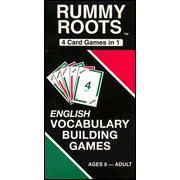 |
Where to from here?
- Home ›
- Homeschool Writing
